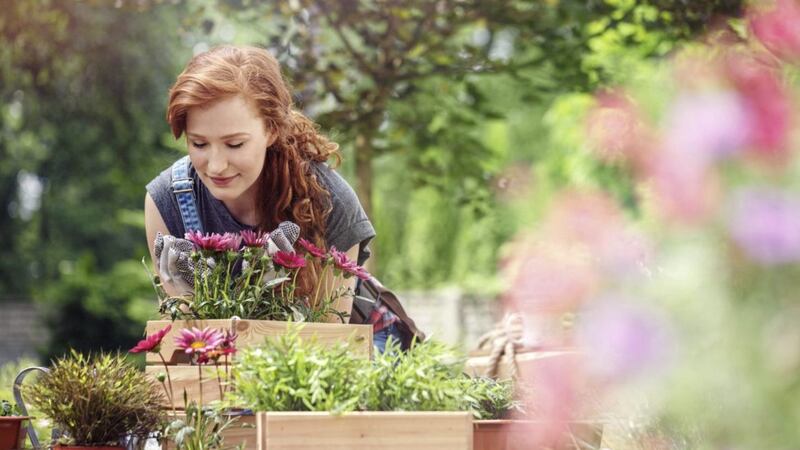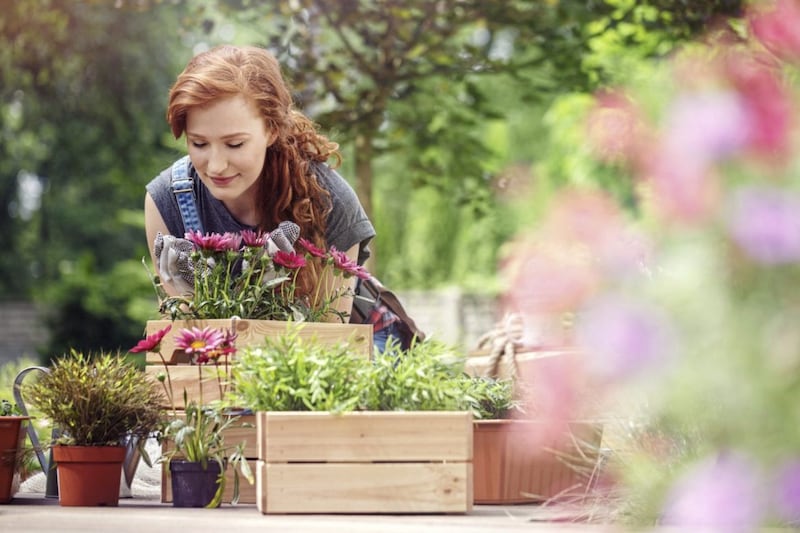GETTING outside among plants and nature can work wonders for the body and soul – and garden designer Michelle Brandon is a firm believer in the benefits of a good gardening fix.
Brandon has helped people affected by stroke, ADHD and mental illness, having worked with organisations including the national horticultural therapy charity, Thrive (thrive.org.uk).
She's currently preparing a show garden, The Forest Will See You Now, for the RHS Hampton Court Palace Flower Festival in London next month, depicting how nature and forest environments can help alleviate many of the 21st century illnesses so many of us face.
Ahead of the show, here, Brandon tells us more about horticultural therapy and its benefits.
:: What is horticultural therapy?
Social and therapeutic horticulture (STH) uses plants and gardens to help support both physical and mental health. It can help people to mix socially, improve their communication and thinking skills, learn practical skills and give them the confidence to become more independent.
Therapists use gardening tasks and projects, or just the garden environment itself to build skills according to people's individual need, working to goals. "There needs to be an aim, whether it be growing or just sitting and taking in the view," says Brandon.
:: Who can it help?
Everyone from children to pensioners. It can be great for children and adults with learning disabilities, people with mental health issues or who've been affected by conditions like stroke and dementia, as well as children with ADHD.
It can be used for therapy or rehabilitation programs for cognitive, physical, social, emotional and recreational benefits, thus improving the person's body, mind and spirit. It is also used to reduce feelings of isolation through the chance to connect with others, and a feeling of wellbeing through simply being outside and in touch with nature.
"The outcome you are looking for is a positive emotional change," Brandon says. "And nurturing – whether it be growing something, sowing seeds, or just sitting enjoying the space – creates those positive emotions."
:: How does it work?
It may be through a garden project, where the patient is referred and funded by their doctor, social worker or care professional. Alternatively, it could be done through gardening at home, perhaps starting with something simple such as sowing seeds or planting bulbs in pots.
"Nurture is a strong positive action, the process of the person taking responsibility for something, which in their life has been taken away from them. It's about creating positive emotion."
:: Is it available on the NHS?
STH has existed within NHS settings throughout its history, often within occupational therapy. Schemes may be available in some areas of Britain and the north, and some clinical commissioning groups offer horticultural therapy.



